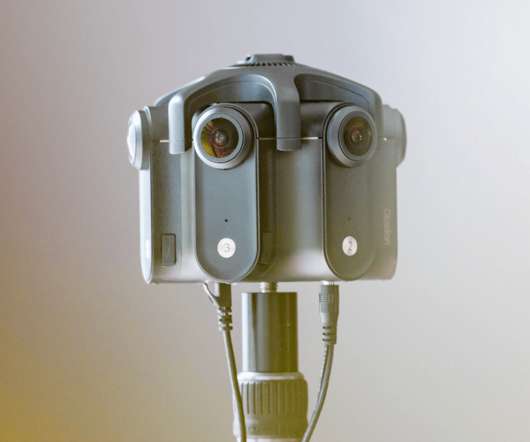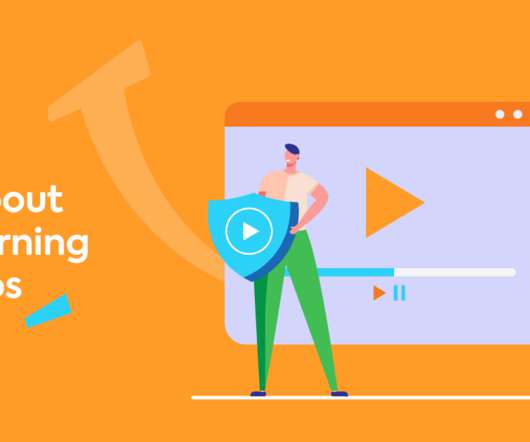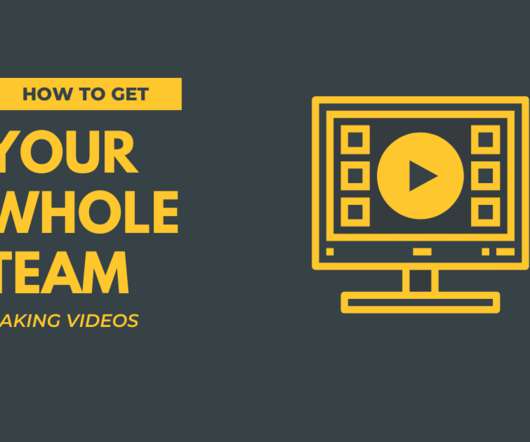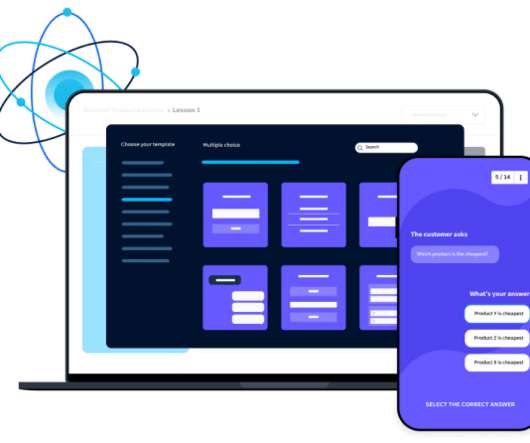What Doesn’t Belong In Your XR Training Content
Roundtable Learning
MARCH 8, 2024
Maximizing the impact of Extended Reality training can be accomplished with an effective strategy. Excessive Voice-overs Don’t sabotage the learning process with too many distracting voiceovers. We all have that friend who likes to talk during movies. Voice-overs can make or break a learning experience.



























Let's personalize your content